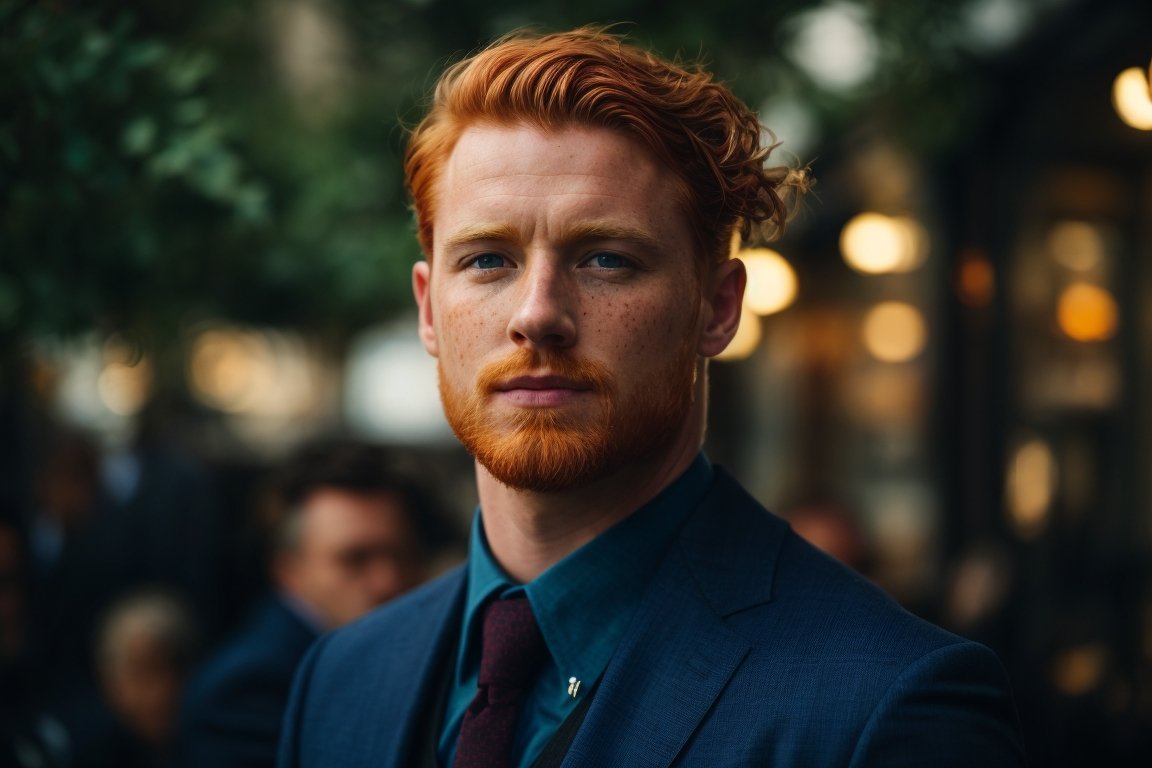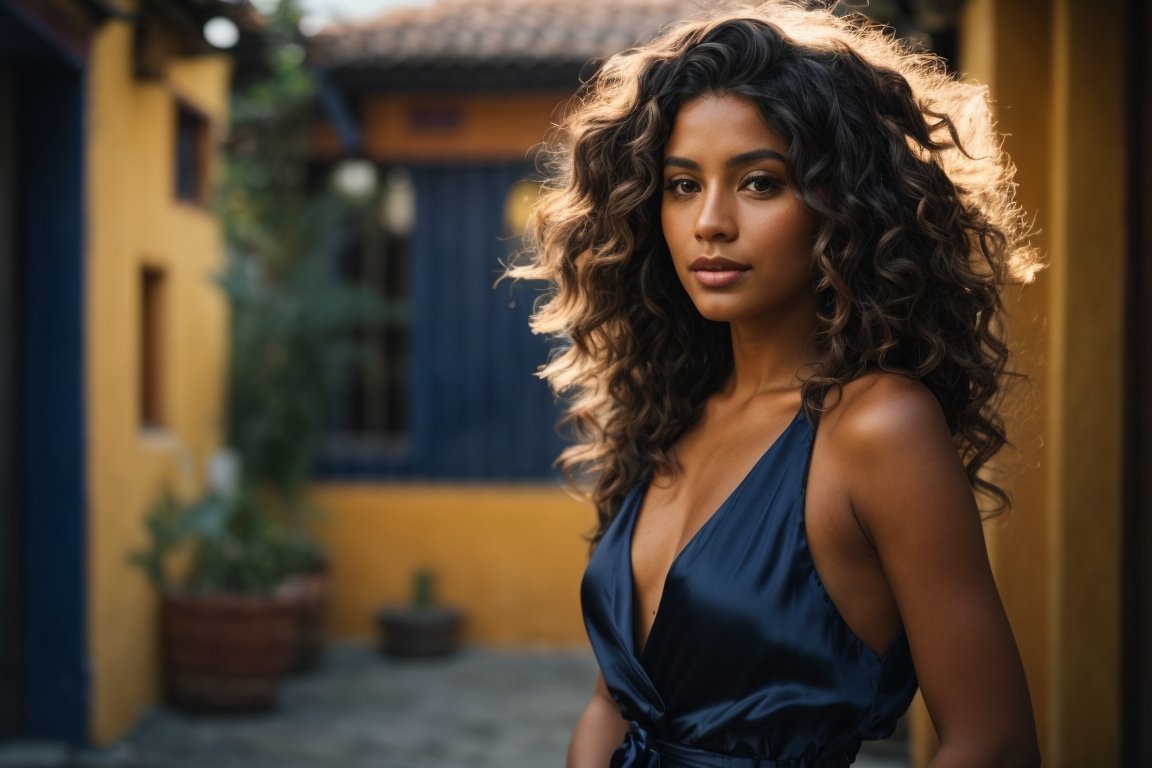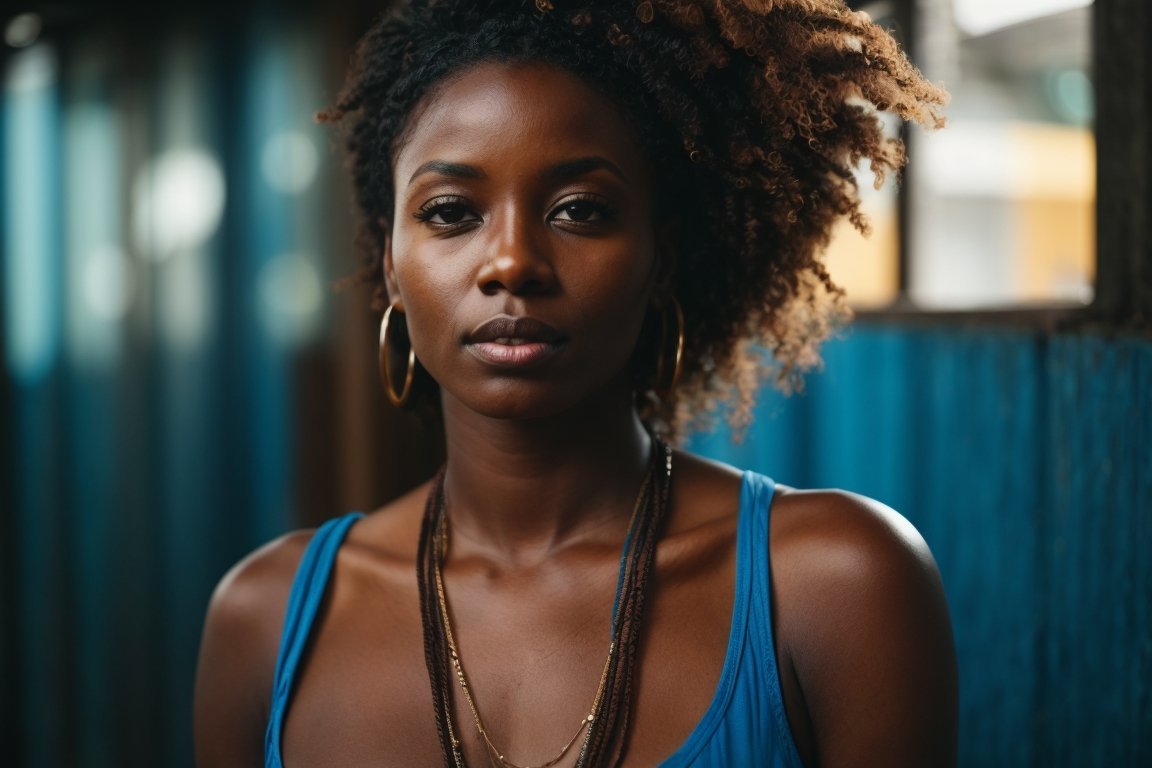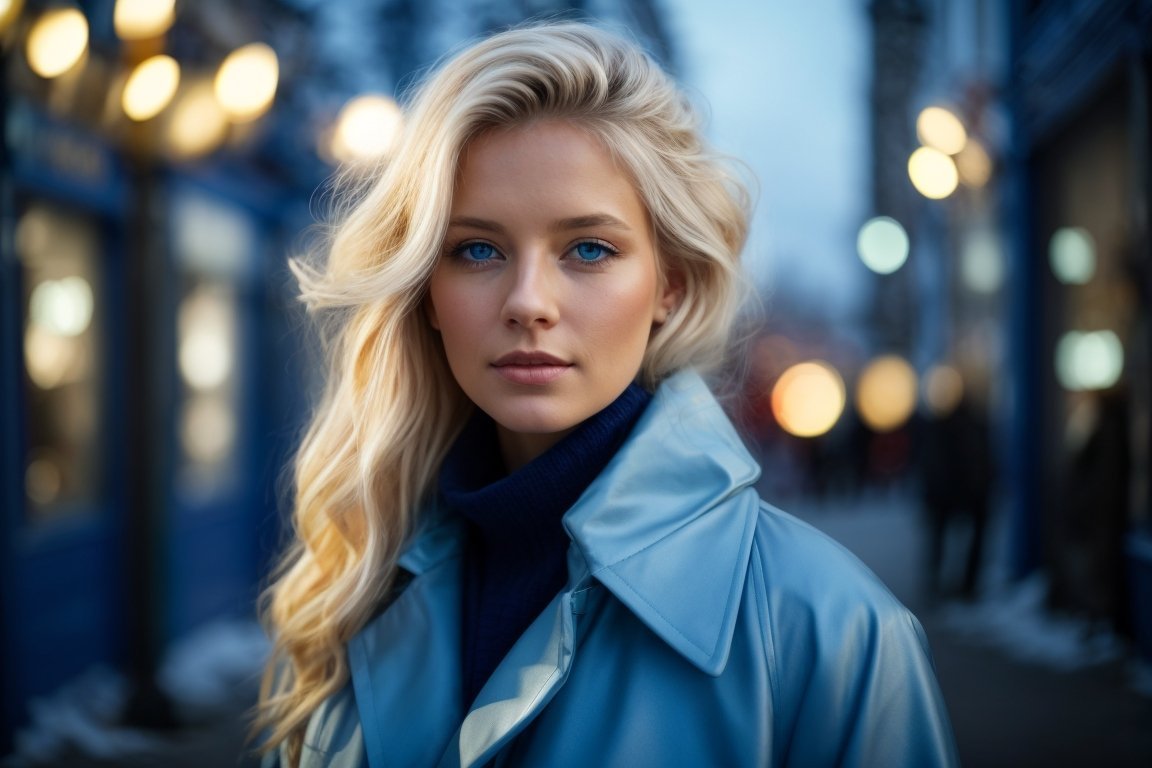Key Takeaways
- The emotional impact of colors on our well-being
- How colors influence our daily activities
- The psychology behind color selection in fashion
- The role of color in personal branding
- Seasonal color trends and their influence
- Historical context and cultural significance of colors
- The difference between warm and cool colors
- Strategies for incorporating impactful colors into your wardrobe

Ah, the marvelous world of colors! From the azure skies to the fiery hues of autumn leaves, colors play a more significant role in our lives than most of us realize. Whether we’re talking fashion, décor, or even our moods, a dash of color can change everything. In today’s post, we’re going to explore how different shades affect our emotions and how you can harness this powerful tool in your everyday life.
The Emotional Spectrum of Colors
Colors are more than just a visual treat; they have the power to evoke emotions, change our mood, and even influence our decisions. Ever noticed how fast-food restaurants often use red in their logos? That’s not a coincidence.
The Psychology of Color
Psychologists have been delving into the connection between color and emotion for years. Colors like red are known to stimulate appetite, whereas blues can have a calming effect. The next time you’re feeling anxious, try surrounding yourself with blue elements, and you may just find your nerves settling.
Colors in Advertising and Branding
In the corporate world, companies spend millions deciding the color schemes of their logos, websites, and products. The choice of color can significantly affect consumer behavior. A brand sporting earthy tones may evoke feelings of reliability and groundedness, which is why you’ll often find these shades in organic or eco-friendly products.
The Impact of Seasonal Colors
Each season introduces its own unique color palette, influencing both nature and fashion trends. During spring and summer, pastel colors and vibrant shades are popular, creating an atmosphere of cheerfulness and energy. Conversely, autumn and winter fashion features earthy tones and rich hues, which evoke warmth and coziness.
Wardrobe Choices and Their Emotional Impact
Your wardrobe is not just a collection of clothes; it’s a palette of emotions. What you wear can influence not only how you feel but also how others perceive you.
Personal Branding Through Colors
Ever noticed how some people always stick to a certain color scheme in their outfits? That’s because they’re aware of the power colors have in defining personal branding. Soft colors can portray you as a calm and approachable person, whereas bold shades can signify confidence and vivacity.
Color Harmony in Fashion
Achieving the right balance of colors in an outfit is both an art and a science. Using a color wheel can help you understand which colors complement each other and create a harmonious look that’s pleasing to the eye and soul.
Trending Colors and Their Effects
Every season, fashion gurus announce a set of trending colors. But have you ever wondered why certain colors trend in the first place? Often, they reflect the collective mood of society. In a turbulent year, you might find more calming blues and greens in fashion, acting as a collective breather for us all.

Embracing Cultural and Historical Significance
Colors have varying meanings depending on the cultural and historical context. While white is associated with purity in many Western societies, it’s often linked to mourning in Eastern cultures.
Symbolism Across Cultures
Red is a color of prosperity and good fortune in Chinese culture, while in some African countries, it symbolizes death. The color green, on the other hand, has universal associations with nature and sustainability but also symbolizes fertility and good luck in various cultures.
The Power of Neutrals
Don’t underestimate the influence of neutral colors. They might not be as eye-catching as their vibrant counterparts, but they carry their own weight. In fashion, neutral colors often serve as the canvas that allows other colors to shine.
Colors in Historical Context
Throughout history, certain colors have been associated with specific periods and movements. The Roaring Twenties, for example, were all about glitz and glamour, mirrored in the popularity of metallic colors. Understanding these historical associations can add a layer of depth to your color choices, connecting you with different eras and styles.
A Guide to Selecting Your Seasonal Palette
Ever wondered why certain colors make you glow while others seem to drain all the color from your face? That’s because each of us has a seasonal color palette that complements our skin tone, hair, and eye color.
- Identify your undertones: Knowing whether you have cool or warm undertones can guide you in selecting the best shades for you.
- Summer colors: Think pastels and muted tones like lavender, powder blue, and soft pinks.
- Fall colors: Deep, rich shades like burgundy, olive, and mustard.
- Winter colors: Bold, striking colors like royal blue, crimson, and black.
- Spring colors: Fresh and light shades like peach, mint green, and sky blue.

Navigating Warm and Cool Tones
Warm and cool tones are the backbone of any color discussion. While warm colors like red, orange, and yellow evoke energy and warmth, cool colors like blue, green, and violet often have a calming, soothing effect.
Understanding Warm Colors
Warm colors are often associated with daylight, sunshine, and warmth. They can uplift your mood and are excellent for social gatherings. If you want to make a room in your home feel cozier, try adding warm-colored décor items like cushions, rugs, or wall art.
The Elegance of Cool Colors
Cool colors are the epitome of elegance and calm. If you find yourself in a stressful situation, try wearing cool shades or even painting your room a cool color. Businesses often use cool colors like blue and green in their interiors to create a relaxed atmosphere for their customers.
The Balance of Neutrals
Neutral colors like beige, gray, and white can serve as the perfect backdrop for both warm and cool tones. They bring balance and cohesion to any space or outfit, allowing other colors to stand out without clashing.
Seasonal Color Palettes: Dressing Up for the Weather
During different seasons, specific color schemes tend to shine. The fall brings deep earthy hues, while spring is synonymous with pastels. The seasonal transition isn’t just about changing temperatures; it’s an evolution of our emotional states and how we express them through colors.
Colors for Autumn: A Warm Embrace
Come autumn, the vibrant shades of leaves falling from the trees inspire our wardrobes. Think about colors like rust, olive green, and mustard yellow. These shades mimic the natural world and foster a sense of warmth and comfort, matching the coziness we often seek as temperatures drop.
Spring Colors: A Breath of Fresh Air
Spring is a season of renewal. When the world is blooming, we often gravitate towards pastel shades like lavender, mint, and baby pink. These colors reflect our renewed sense of hope and the abundance of fresh, new life all around us.
Colors of Summer and Winter: Extremes of the Spectrum
While summer prompts us to opt for bright, eye-catching colors like red, yellow, and orange, winter is the season for cool, deep colors such as navy blue, emerald green, and plum. These color choices, in turn, affect our emotional well-being, from the invigorating power of summer hues to the calming influence of winter tones.

How to Choose Colors for Various Occasions
Picking the right colors for different events can help you set the mood and make a statement, all while keeping you in sync with your emotions.
Formal Events: The Importance of Balance
For formal events, you might want to stick to classic colors like black, white, or navy. These are not only elegant but also versatile, giving you room to play with accessories. Feeling too formal can sometimes be intimidating; balancing it out with the right colors can put you at ease.
Casual Outfits: Express Yourself
In a more laid-back setting, you have the freedom to experiment. Go ahead and pick that bold, vibrant shade you’ve always wanted to try. Your emotional state can greatly benefit from this playful approach to color.
Holiday Season: Colors of Joy
During the holidays, everything is magnified, including our emotions. Red and green are traditionally associated with Christmas, while shades of blue and white often signify Hanukkah. These color schemes enhance the collective mood and contribute to the overall festive atmosphere.
The Emotional Influence of Fabric and Texture
The texture and fabric of your clothing also play an important role in how you feel. A silky, smooth fabric can make you feel luxurious and uplift your spirit, while a scratchy fabric can irritate you and bring down your mood.
- Velvet: Associated with royalty, it gives a feeling of luxury.
- Cotton: Comfortable and breathable, adds to relaxation.
- Linen: Light and airy, perfect for summer vibes.
- Wool: Cozy and warm, good for feeling snug in winter.
- Denim: Versatile and sturdy, it gives a casual yet stylish feel.
- Leather: Adds a bit of edge, often empowering.
- Satin: Smooth and glossy, for when you want to feel extra special.
- Tweed: Texture gives it a sophisticated vibe, often associated with professionalism.
- Chiffon: Light and flowy, often linked to femininity and grace.
- Cashmere: Soft and luxurious, it usually evokes a sense of indulgence.

How to Mix and Match: Combining Colors for Maximum Effect
Creating a wardrobe that makes you feel good requires more than just individual pieces; it’s also about how those pieces work together. The colors you pair can either clash and stress you out or blend and create a sense of balanced well-being.
Analogous Colors: Safe and Harmonious
Analogous colors sit next to each other on the color wheel, like blue and green or red and orange. These combinations are usually pleasing to the eye and evoke a sense of harmony and balance.
Complementary Colors: The Bold Statement
Colors that sit opposite each other on the color wheel are called complementary colors, such as red and green, or blue and orange. These combinations create vibrant contrasts and are sure to make you stand out. They can also elevate your mood due to their striking nature.
The Monochrome Look: Elegant and Streamlined
Monochrome doesn’t mean just black and white; it means wearing separates of one color in different shades. This creates a sophisticated look and can be very pleasing to the eye. It can also help elongate your figure, giving you a sense of poise and confidence.
How to Update Your Wardrobe: Color Tips and Tricks
Updating your wardrobe can be like a breath of fresh air, especially if you align it with how you want to feel emotionally. Out with the old and in with the colors that will make you feel renewed.
Declutter: Out with the Old
Get rid of items that you haven’t worn in a long time, especially if they are in colors that you now find draining or uninspiring. Your emotional well-being will thank you.
Plan: Know What You Need
List down the colors you lack and need. Maybe you have too many blues and not enough reds. Planning prevents you from making impulsive buys that you might regret later.
Shop Smart: Quality Over Quantity
Choose pieces that are not just beautiful but also well-made. The joy of wearing a high-quality garment in a color that flatters you can significantly boost your mood.

Summary Table
| Section | Key Point | Example |
|---|---|---|
| Emotional Effects | Colors like blue and green are calming | Ocean, nature |
| Seasonal Colors | Earth tones for fall, pastels for spring | Rust, lavender |
| Occasion-specific | Classic colors for formal events, bold for casual | Black, vibrant red |
| Fabric & Texture | Velvet for luxury, cotton for comfort | Velvet dress, cotton tee |
| Mixing & Matching | Analogous colors are harmonious | Blue & green outfit |
| Wardrobe Update | Declutter and plan before shopping | Out with old blues, in with new reds |
Conclusion
Colors aren’t just a visual element; they interact with our emotions on a deep level. Being mindful of this can change not just how you dress but also how you feel day-to-day. Whether you’re getting ready for an important event or updating your wardrobe, the color choices you make are a significant, yet often overlooked, component of your emotional well-being.
Frequently Asked Questions
What colors are considered calming?
Blue and green are usually considered calming colors because they remind us of nature and water.
How do I choose the right color for an event?
Consider the mood and setting. For formal events, stick to classic colors like black and white. For casual outings, feel free to experiment with vibrant shades.
What are complementary colors?
Complementary colors are those that sit opposite each other on the color wheel, like red and green or blue and orange. They create a vibrant contrast when paired together.
What’s the significance of fabric in how I feel?
The fabric can significantly impact your comfort and mood. For example, cotton is breathable and comfortable, while velvet can make you feel luxurious.
How do I update my wardrobe with the right colors?
Start by decluttering and getting rid of colors that no longer serve you. Plan what you need and shop smart, focusing on quality over quantity.
How do seasons affect color choices?
Seasons influence the natural world around us, which in turn influences our color choices. Warm, earthy tones are popular in the fall, while lighter, pastel shades are prevalent in the spring.
Remember, the ultimate aim is to feel good in what you’re wearing. Your choices in color can significantly impact how you navigate the world emotionally, making it worth the time and effort to choose wisely.

Lenny Terra is a vibrant force in the world of fashion and design. Effortlessly blending his expertise in colors with a keen artistic vision, he unveils the most sought-after hues of the season, turning ordinary ensembles into iconic looks. His knack for creating visually enthralling content ensures that every piece resonates with readers, offering them a mesmerizing journey through the realms of color and fashion. Lenny’s unmatched skills not only elevate the aesthetics but also promise an enchanting experience every time. Dive into his creations and let the colors speak for themselves.
Reviewed By: Joanna Perez and Anna West
Edited By: Marcella Raskin
Fact Checked By: Sam Goldman
Photos Taken or Curated By: Matthew Mansour
